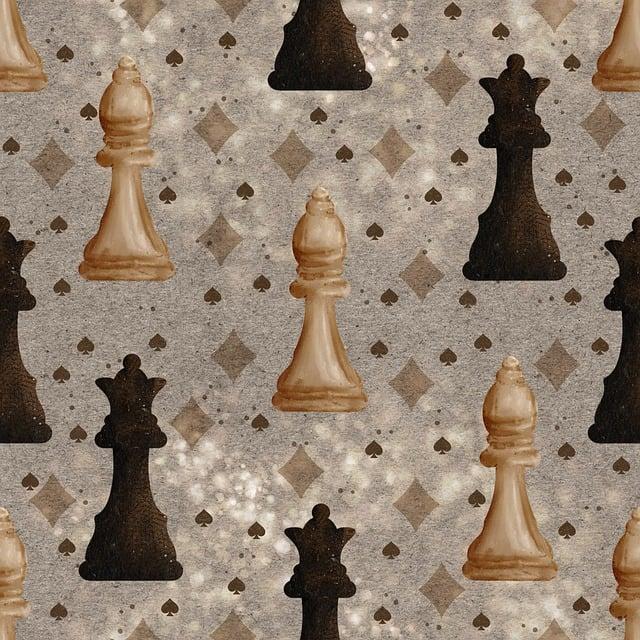Every line, every scene, every character in a video game is a brushstroke of a broader canvas – a dynamic, vibrant, evolving form of digital art that is heavily influenced and shaped by diverse cultural contexts. Immense worlds carefully detailed, inhabited by multilayered characters and resonant narratives, games today mirror the complexities of our societies like never before. Welcome to a stimulating and colorful exploration into the profound and extensive impact of cultural winds on the landscape of game design. Through a global kaleidoscope, we will traverse continents, traditions, tales, and histories as we delve into the hidden corners of ‘Cultural Influences in Game Design.’ Hold onto your controllers as we lose ourselves in the fascinating alleys of today’s multicultural gaming world – a realm where ancient myth mingles with cutting-edge technology, and gaming meets anthropology. The growing interconnectedness of today’s global society has notably led to the diversification and cross-pollination of various cultural elements in game design. While this phenomenon has breathed new life and depth into the gaming industry, it has also given rise to some powerful effects. Diversity and representation in video games now stand at the forefront of game development discussions, and their impact is nothing short of transformative.
The belief that video games could serve as powerful tools for social change isn’t novel. However, the realization that they could also help break down cultural barriers and facilitate cultural exchanges is a relatively recent development. This new understanding is in large part thanks to the rising prominence of games that borrow heavily from a multitude of cultural sources. They range from triple-A titles taking inspiration from African mythologies like Assassin’s Creed: Origins to indie gems centering on fascinating aspects of Indigenous cultures, such as Never Alone (Kisima Ingitchuna).
Additionally, innovative game mechanics acting as cultural metaphors are increasingly being used to make gamers more aware and understanding of different cultural realities. For example, the mechanic of resource management in This War of Mine is a grim, poignant reflection of War-torn societies’ harsh realities.
Let’s delve a bit deeper into the unique complexity of cultural influences in game design by examining these three significant effects:
- Enhanced Storytelling: By leaning into varied cultural inspirations, game developers can craft richer, more compelling narratives and game worlds. The Witcher series, for instance, is renowned for its use of slavic folklore in creating an immersive, lived-in universe.
- Engaging Educational Experiences: Deftly incorporating cultural elements into gameplay can simultaneously entertain and educate players. The civilisation series comes to mind, where players can learn about different societies and their historical development.
- Increased Empathy & Tolerance: By presenting players with different cultural contexts and perspectives, video games have the potential to break down stereotypes, combat prejudice, and promote empathy, much like the female-driven A Thousand Suns.
Developers are thus urged to consider these impacts as they continue to craft inclusive gaming experiences. It’s an intricate balancing act, requiring a delicate blend of respect for cultural authenticity and the imaginative possibilities of game design. To achieve this mix, it’s crucial to rely on comprehensive research, cultural consultants, and other resources that can ensure respectful, accurate representation. Let’s strive to keep gaming a vast, evolving tapestry of cultural influences, as diverse and dynamic as our global society itself. In the unfolding tapestry of global game design, it’s evident that culture plays a profound role. As we pull back our digital lens, revealing the rich tapestry woven from countless cultures, we see a virtual world vivid with stories, experiences, and perspectives, nestled in every pixel. Our global community’s contrasts and similarities only enrich the narratives we craft in this interactive medium, allowing us to travel from the comfort of our homes, explore new realities, gain profound insights, and cultivate empathy. As borders between nations become less distinct within the digital frontier, it signals the dawn of a new era—where game design is no longer chained to the trope-oriented constraints of a narrow worldview, instead, it blossoms through cultural intersections into a vibrant language capable of connecting hearts and minds worldwide. Encompassing the globe, it carries the strength to not just create games but also to bridge cultures, break barriers, and write the universal story of humanity. Hence, let us all lean into this exciting moment of cultural exchange in game design and look forward to a future of diverse games, enriched by unique narratives ever reflective of our diverse human experience.
<img class=”bimage_class” src=”https://mindfashions.pro/wp-content/uploads/2024/05/pexels-photo-371924.jpeg” alt=””Cultural Influences in Game Design: A Global Perspective””>










